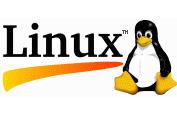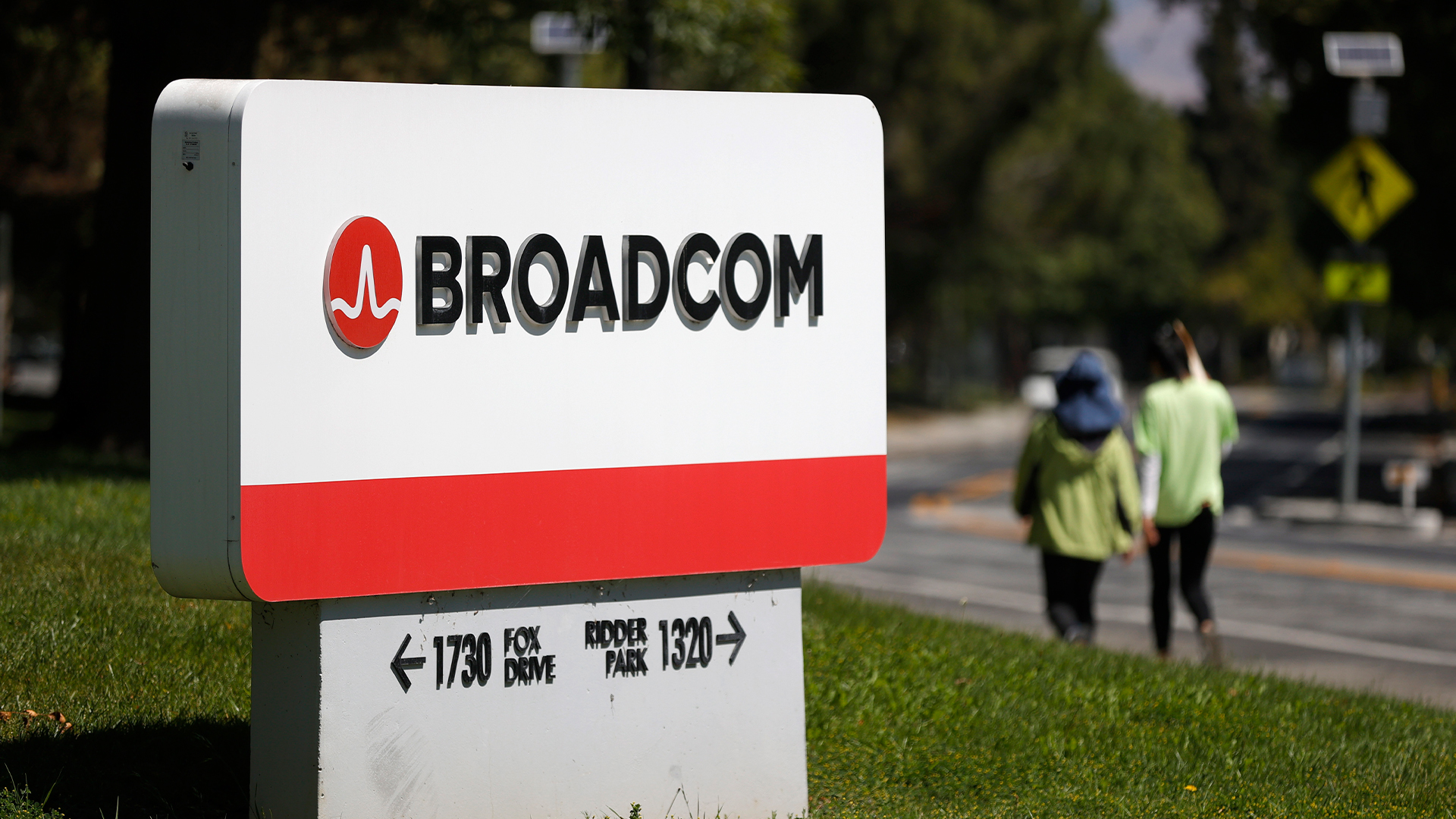Linux - a disruptive technology?
Is Linux the disruptive technology, or is it the GNU General Public License which really shook up the open source world?

The Linux kernel began as a personal project of Linus Torvalds, but grew rapidly because of the contribution of others. What differentiated Linux from Minix and other contemporary OS projects was that, as a direct consequence of Torvalds' choice of license, users felt able to freely contribute. The kernel grew rapidly, and Torvalds was able to exercise his special abilities as arbiter and overall co-ordinator of the kernel.
The term 'open source', which didn't emerge until the late nineties, is generally understood to be more a liberal definition than "free software" and allows licenses that are less strenuous in binding the user to the precepts of the free software definition. (A "free software" license, such as the GPL, obliges the user to keep the code, and any adaptations of that code, free and open, which has been a considerable driver in the success of what has become known as open source. Some open source advocates dissent from this view and argue that this provision limits the freedoms of the end user.)
An open source license is closer to the traditional concept of public domain, in that most "open source" - as opposed to "free software" - licenses do not necessarily mandate the preservation of open access and free distribution of all modifications. However, the terms are often confused in popular usage, and are often used interchangeably.
Collaborate
Transparency is the core tenet of both Open Source and free software development - the greater the visibility of the code, the greater the participation of enlightened developers, the better the chance of getting the product right. The GPL encourages this state of affairs and has been profoundly successful in the software industry, where competing companies that market the software and competing companies that use the software have collaborated on projects such as GNU/Linux with profound benefits for all concerned - if you lose by contributing your special contribution, you gain by the special contribution of others - and together you have a far more useful product.
Free software has allowed and encouraged research and development laboratories in academia, public service and commercial industries, access to technologies that might otherwise be prohibitively expensive, which in turn has led to increased participation and feedback. For instance, GNU/Linux and open source have led the field in clustering and virtualisation technologies, which were initially developed from academic research - a side effect of this is that Linux has revived the market for the mainframe.
Open source gives you access to expertise that might otherwise be out of your reach, and if a company is giving away software that has brought it advantage, it is also gaining from the donations of its rivals. Paradoxically, this willingness to collaborate encourages innovation in other aspects of the business.
Sign up today and you will receive a free copy of our Future Focus 2025 report - the leading guidance on AI, cybersecurity and other IT challenges as per 700+ senior executives
A new device can be brought to market much more quickly, because the operating system is already there - and the organisations that came together to market or support GNU/Linux have benefitted as a result. Pooling knowledge and resources on the technology, and feeding back software changes to the community, has been of mutual advantage to all the players. Sharing the technology has improved performance and reduced overall costs for everybody. Collaboration, even with one's rivals, works.
Free and open source software projects are characterised by the fact that they invite unrestricted participation from individuals and organisations. Some projects - like the Debian GNU/Linux project - have a binding constitution, but most projects leave the structures and obligations as loose as possible. For many projects it could be said that the license serves as the binding force. Some commercial open source software companies, of which JBoss is a good example, have successfully led open source projects in a commercial direction by employing the lead developers and fostering and maintaining links with the developer community.
The software, however, remains freely available under the conditions of the license. JBoss thereby has massively reduced its development costs, but relies for its income on providing services, training and certified versions of the software.
The primary beneficiary
In the beginning, software was more or less in the public domain. Software was, more often than not, viewed as an adjunct of hardware, with little intrinsic value. As software became more sophisticated, companies came into existence to bundle and distribute the software in packages. Some of these packages had their origins in software that had been in the pubic domain and had been freely distributed, but the authors were seldom credited or recompensed for the resale of their original work.
The concept of "free software" was devised by Richard Stallman as a reaction to the exploitation of public domain software by third parties. (This is a simplification of a complex trail of events. There are many other examples of 'open source' software that evolved at a similar time with different licensing regimes but a similar objective. However, Stallman's concept of "Free Software" is arguably the most durable, influential and successful, and has informed the subsequent widespread adoption of open source in the computer industry.)
In Stallman's words: "free software is a matter of the users' freedom to run, copy, distribute, study, change and improve the software. More precisely, it refers to four kinds of freedom, for the users of the software:
The freedom to run the program, for any purpose.
The freedom to study how the program works, and adapt it to your needs.
The freedom to redistribute copies so you can help your neighbor.
The freedom to improve the program, and release your improvements to the public, so that the whole community benefits."
Stallman's greatest contribution, however, was the GNU General Public License (or GPL), which he devised to fulfill the objectives of free software. The GPL has become the most prolific open source/free software license, and is perhaps the greatest reason for the growth of Linux beyond its humble origins.
The GPL, and the clause that demands that any change to the code be returned to the community, may be the disruptive technology, and Linux may be described as the primary beneficiary.
-
 Cyber resilience in the UK: learning to take the punches
Cyber resilience in the UK: learning to take the punchesColumn UK law now puts resilience at the centre of cybersecurity strategies – but is legislation simply catching up with enterprise understanding that resilience is more than just an IT issue?
-
 CISPE claims European Commission gave Broadcom a ‘blank cheque to raise prices, lock-in, and squeeze customers’ with VMware deal
CISPE claims European Commission gave Broadcom a ‘blank cheque to raise prices, lock-in, and squeeze customers’ with VMware dealNews Cloud providers have issued a formal response to the General Court of the European Union after the Commission defended its approval of the deal